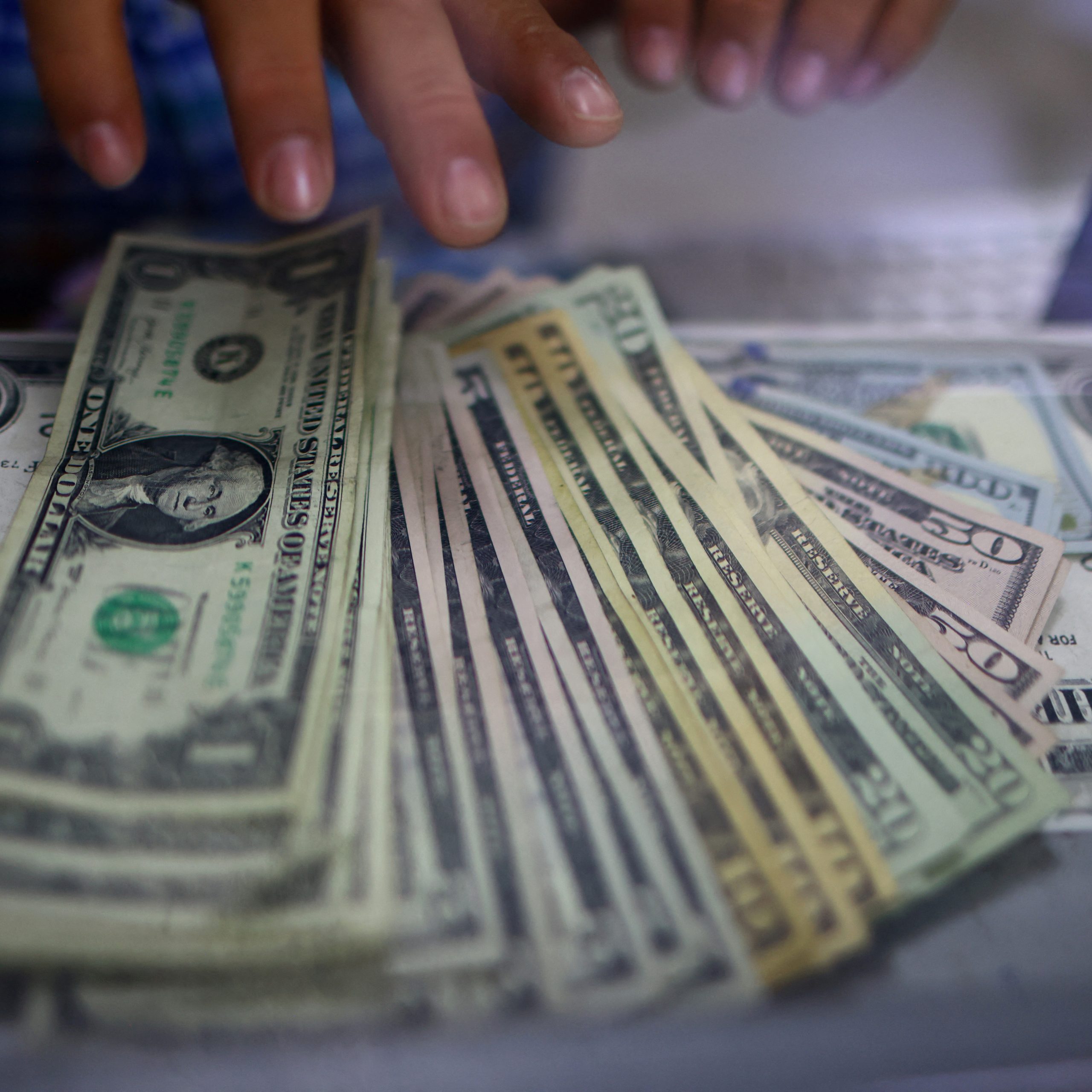As the geopolitical chessboard sees new moves, Mexico and Canada’s position on joining the BRICS bloc, and by extension, their stance on the US dollar, is garnering global attention. 2023 witnessed a seismic shift in global financial dynamics, with BRICS countries actively seeking to reduce their dependency on the USD. While the bloc expanded its membership, welcoming five new nations at the start of 2024, the question looms: could Western countries like Mexico and Canada join this shift away from dollar dominance?
The Ripple Effect on Mexico and Canada
Mexico, previously speculated to be interested in joining BRICS, saw its President Andres Manuel Lopez Obrador firmly deny these intentions before the alliance’s August summit last year. Canada has been similarly non-committal, showing no overt desire to join BRICS or to part ways with the US dollar. However, the winds of change are unpredictable, and the political and economic landscapes of 2024 might hold surprises.
The bond between Mexico and Canada with the United States is intricate and multifaceted, making their potential move away from the dollar complex and unlikely in the near term. Despite the greenback’s challenged supremacy, owing to internal American policies and inflation, both nations remain closely tied to the US. USD’s role as a dominant global currency continues to influence their financial strategies and foreign relations.
The Global Shift Away from the Dollar
BRICS, an alliance of emerging economies comprising Brazil, Russia, India, China, and South Africa, is vigorously pursuing alternatives to the USD. With plans to introduce a BRICS global currency and encourage trade in local currencies, the bloc is positioning itself as a counterweight to dollar hegemony. The expansion of BRICS in 2024, with the induction of new members like Saudi Arabia, the United Arab Emirates, Egypt, Iran, and Ethiopia, further solidifies its stance.
A significant development occurred last summer when ASEAN countries agreed to abandon the US dollar in favor of native currencies for cross-border settlements. This move, likely influenced by the BRICS strategy, adds momentum to the push against the dollar. Countries from Africa and the Middle East, such as Pakistan, Iraq, Turkey, Nigeria, and Egypt, are also showing interest in joining BRICS, potentially at the 2024 summit.
The US dollar, despite its fluctuating share in global reserves, remains the world’s leading reserve currency. However, its once unassailable position is being gradually eroded. The Chinese yuan, in particular, is gaining ground, not just in reserve holdings but also in international payments and cross-border lending. The yuan’s ascension is accompanied by China’s aggressive expansion of bilateral currency swaps with nations like Saudi Arabia and Argentina.
Western sanctions against Russia over its actions in Ukraine have further spurred de-dollarization efforts, as countries seek to reduce their vulnerability to US financial policies. Moscow and Beijing have significantly reduced their reliance on the dollar in bilateral trade, favoring the yuan and ruble instead.
Despite these shifts, experts largely agree that a complete move away from the dollar is not on the immediate horizon. The dollar’s entrenched position in the global financial system and the sheer scale of its use make a rapid transition improbable. Nevertheless, the gradual erosion of its dominance is a clear signal of changing times, with emerging economies and global alliances like BRICS playing an increasingly significant role in shaping the future financial landscape.
So, while Mexico and Canada’s immediate pivot away from the US dollar seems unlikely, the global trend towards diversifying away from dollar dependency is unmistakable. The BRICS expansion and the growing appeal of alternatives like the yuan paint a picture of a world where the dollar’s reign is not unchallenged. As nations navigate this evolving financial terrain, the only certainty is that change, albeit gradual, is inevitable.


